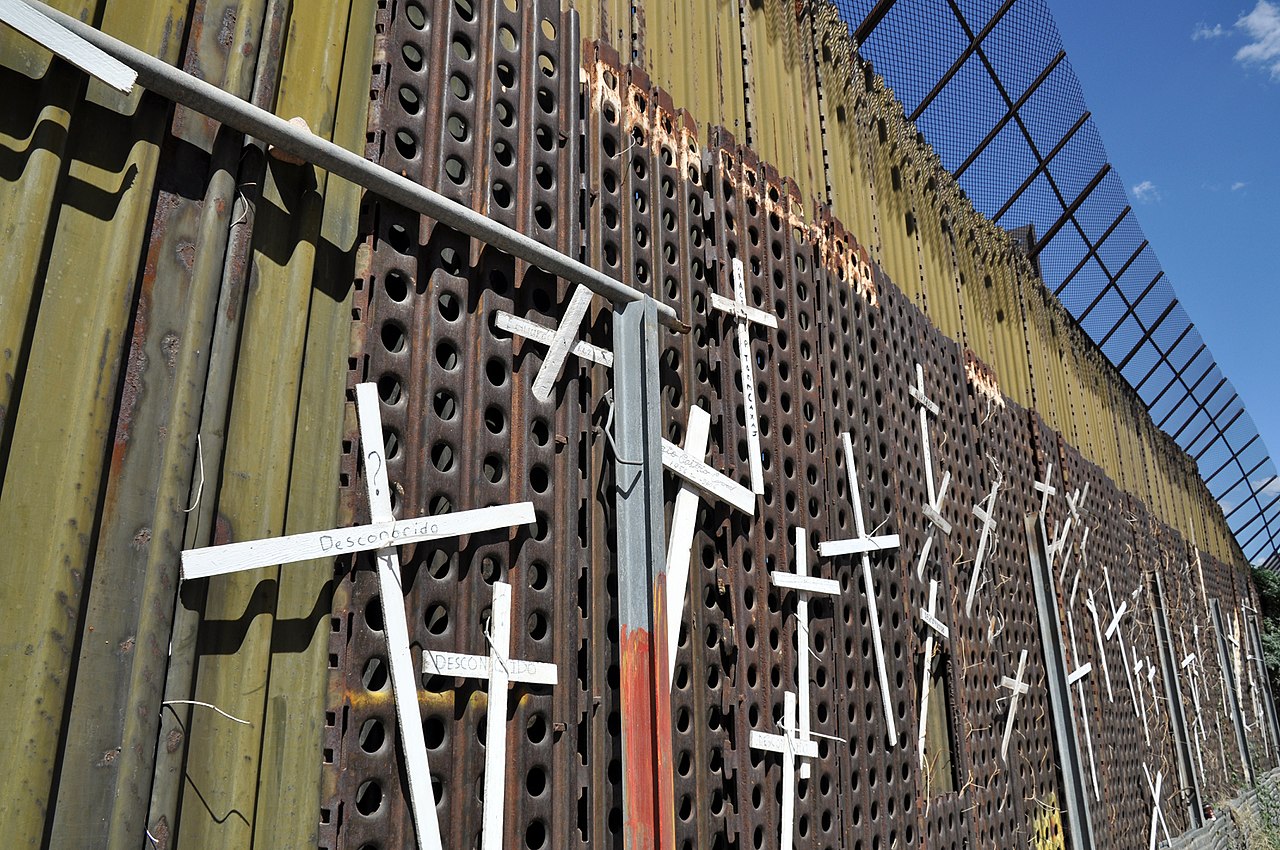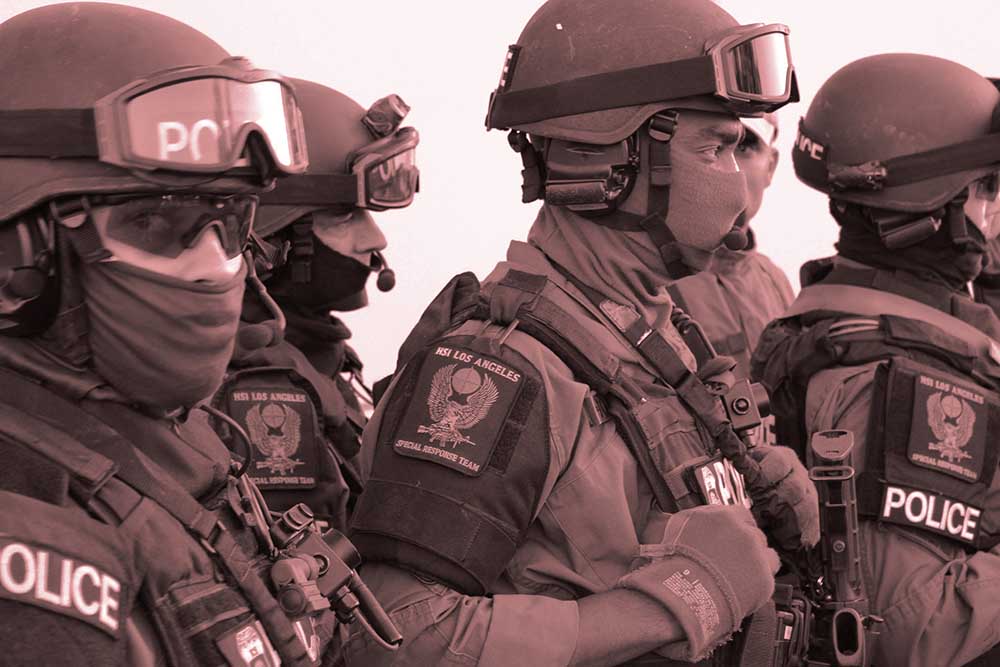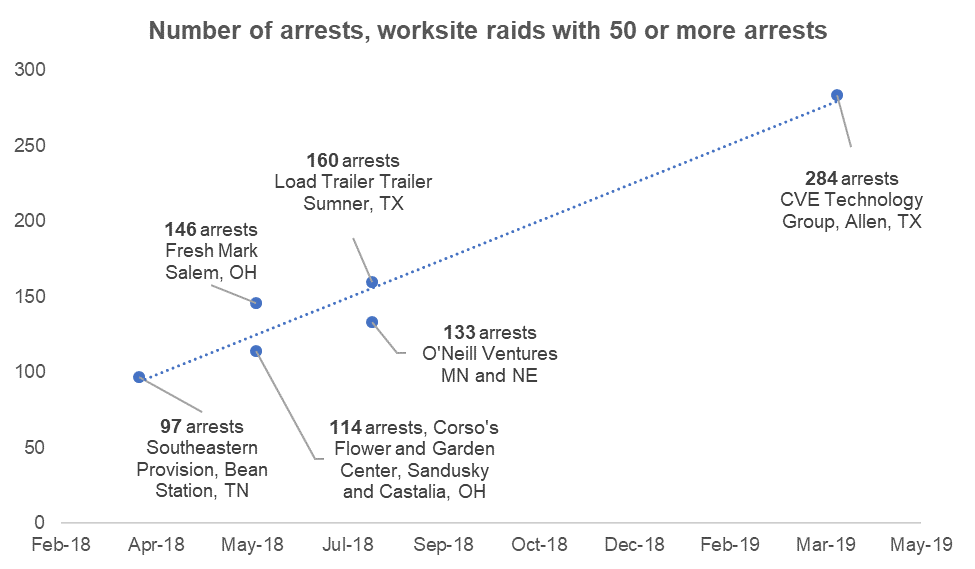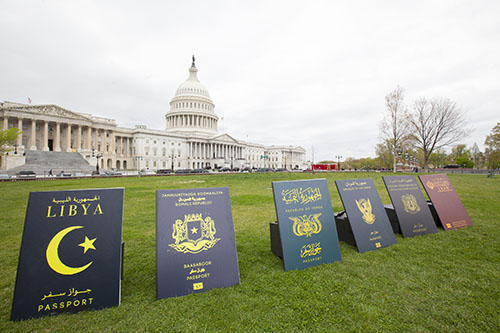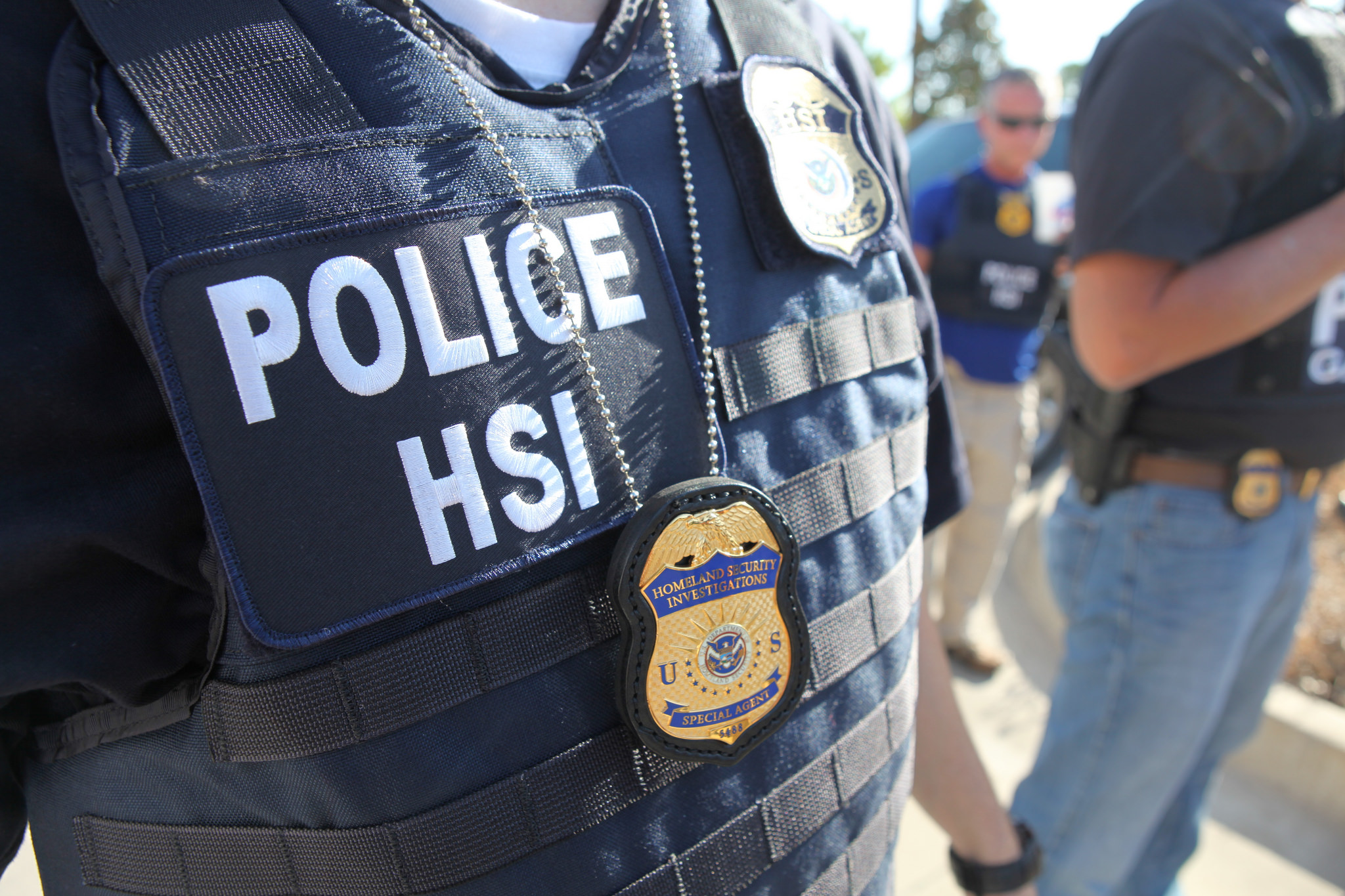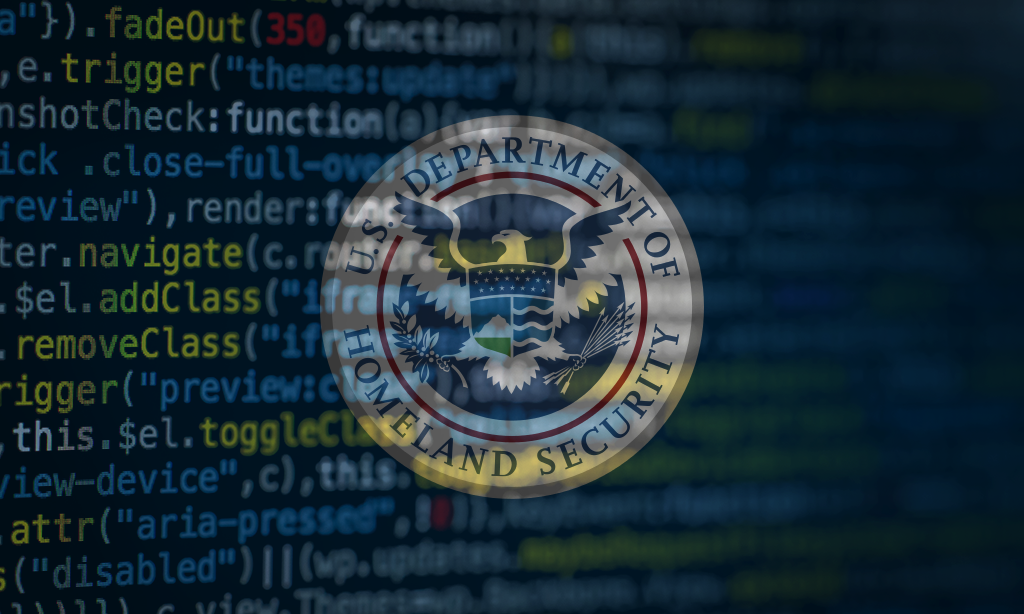HUD’s “Mixed-Status” Rule Is the Latest Attack on the Immigrant Community
THE TORCH: CONTENTSBy Milicent Sasu
JULY 8, 2019
From family separations at the border to a proposed “public charge” rule that would punish immigrant families for using health, housing, and nutrition programs, the Trump administration has been issuing policies that strike fear within communities to fulfill its anti-immigrant agenda. The U.S. Department of Housing and Urban Development’s (HUD’s) proposed changes to low-income housing eligibility, which have not yet been implemented, are the most recent in the long string of attacks on the immigrant community.
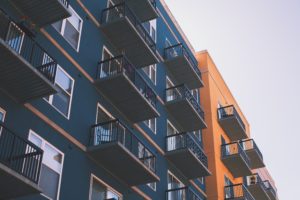 On May 10, 2019, HUD published a proposed rule that would bar “mixed-status” families from residing in public housing and using Section 8 programs. Mixed-status families are households where member(s) who are eligible for public housing assistance live with member(s) who are ineligible for housing assistance due to their immigration status. If this rule is implemented, HUD will also require all household members under age 62 to have their immigration status screened and would change the citizenship and immigration verification requirements for U.S. citizens and noncitizens over age 62.
On May 10, 2019, HUD published a proposed rule that would bar “mixed-status” families from residing in public housing and using Section 8 programs. Mixed-status families are households where member(s) who are eligible for public housing assistance live with member(s) who are ineligible for housing assistance due to their immigration status. If this rule is implemented, HUD will also require all household members under age 62 to have their immigration status screened and would change the citizenship and immigration verification requirements for U.S. citizens and noncitizens over age 62.
Under this proposed rule, mixed-status households would have to make the impossible choice between tearing their families apart or being evicted from their homes within 18 months. HUD falsely claims the proposed rule is necessary to prevent undocumented immigrants from utilizing federal housing assistance. Yet under current rules, ineligible immigrants do not receive subsidies and housing assistance is prorated so that only eligible family members receive benefits.
Ultimately, this is another “family separation policy” and scare tactic from the Trump administration intended to spread fear in communities. This newly-proposed rule is ruthless and fails to take into consideration the detrimental impacts the proposed rule will have on families and communities across the nation.
If HUD’s proposed rule is implemented, nearly 108,000 people will be at risk of being evicted and displaced. Approximately 55,000 are children at risk of being displaced and subject to homelessness, including U.S. citizens and legal residents. In addition, children may face separation from family members who are ineligible for public housing assistance and are evicted. HUD has acknowledged that “fear of the family being separated would lead to a prompt evacuation by most mixed households.” This rule leaves families with the unbearable decision of whether to stay together and face homelessness or be separated from one another.
This proposal and the ongoing attacks against immigrants will only increase the “chilling effect” in immigrant communities, resulting in immigrants avoiding or disenrolling themselves from programs that make their families healthy and strong, even if they are not technically impacted by policy proposals or those proposals have not yet been approved. Further, the proposed rule only worsens the nation’s affordable housing crisis. According to HUD’s own estimates, this proposed rule will reduce the “quantity and quality of assisted housing” in the United States.
HUD is currently accepting public comments on the proposed rule until July 9, 2019. During this public comment period, individuals are encouraged to submit comments that share their unique stories about how the rule could impact them, their loved ones, and their community. No family should be at risk of being displaced from their homes due to their immigration status, nor should members of a household have to decide between keeping their family together or losing their home. As a country, we must combat Trump’s racist agenda, which includes the HUD mixed-status rule, and use our voices during this comment period to stand up for those who are silenced.
For more information regarding the HUD rule or ways on how you can make an impact and submit a comment, go to www.keep-families-together.org.
Millicent Sasu is NILC’s Protecting Immigrant Families Campaign intern.







